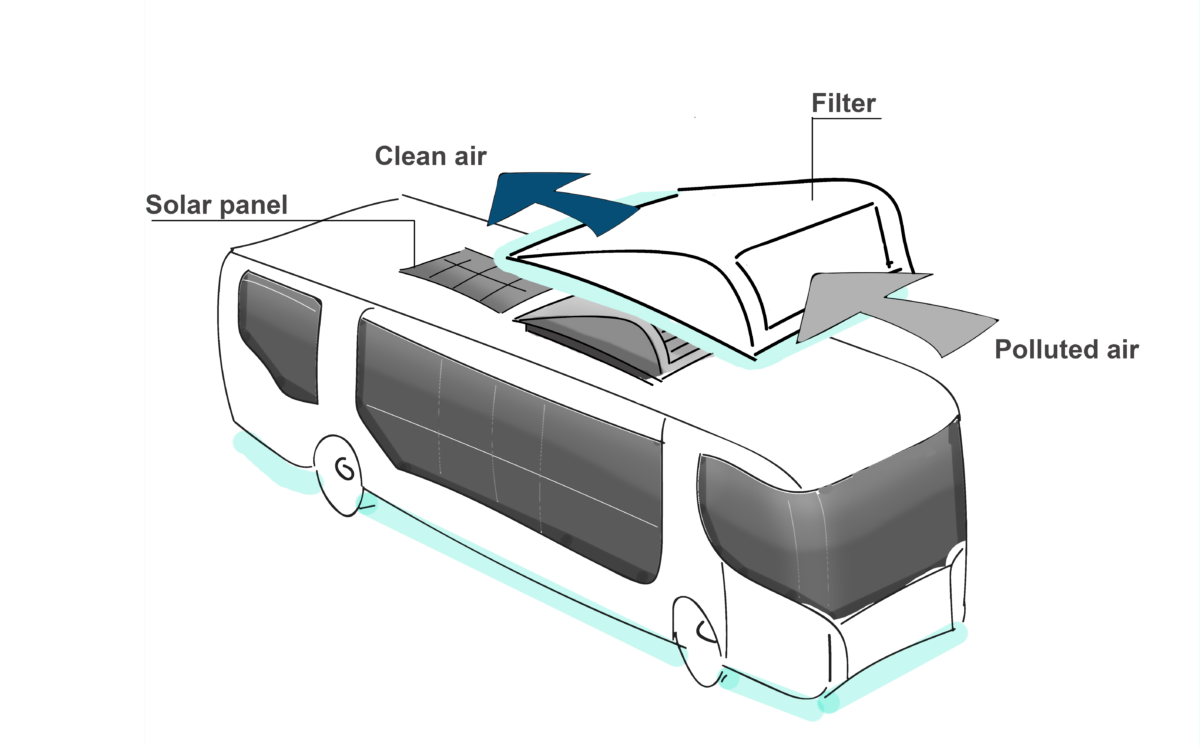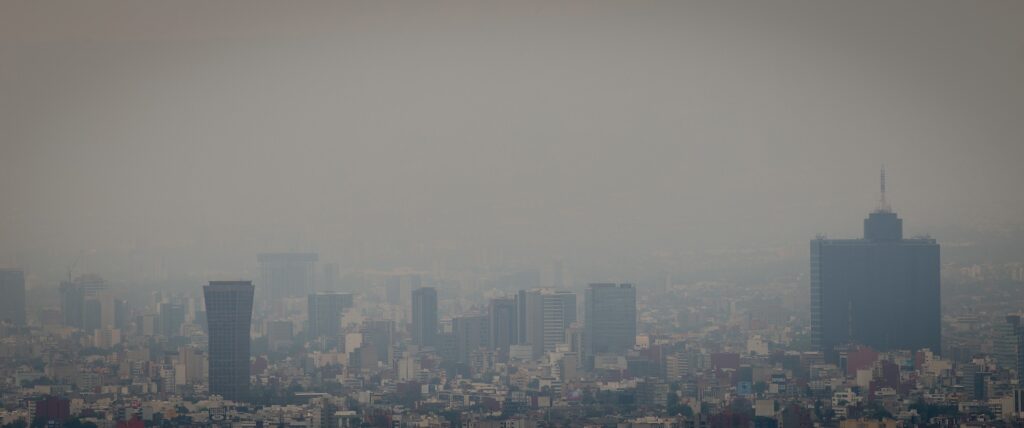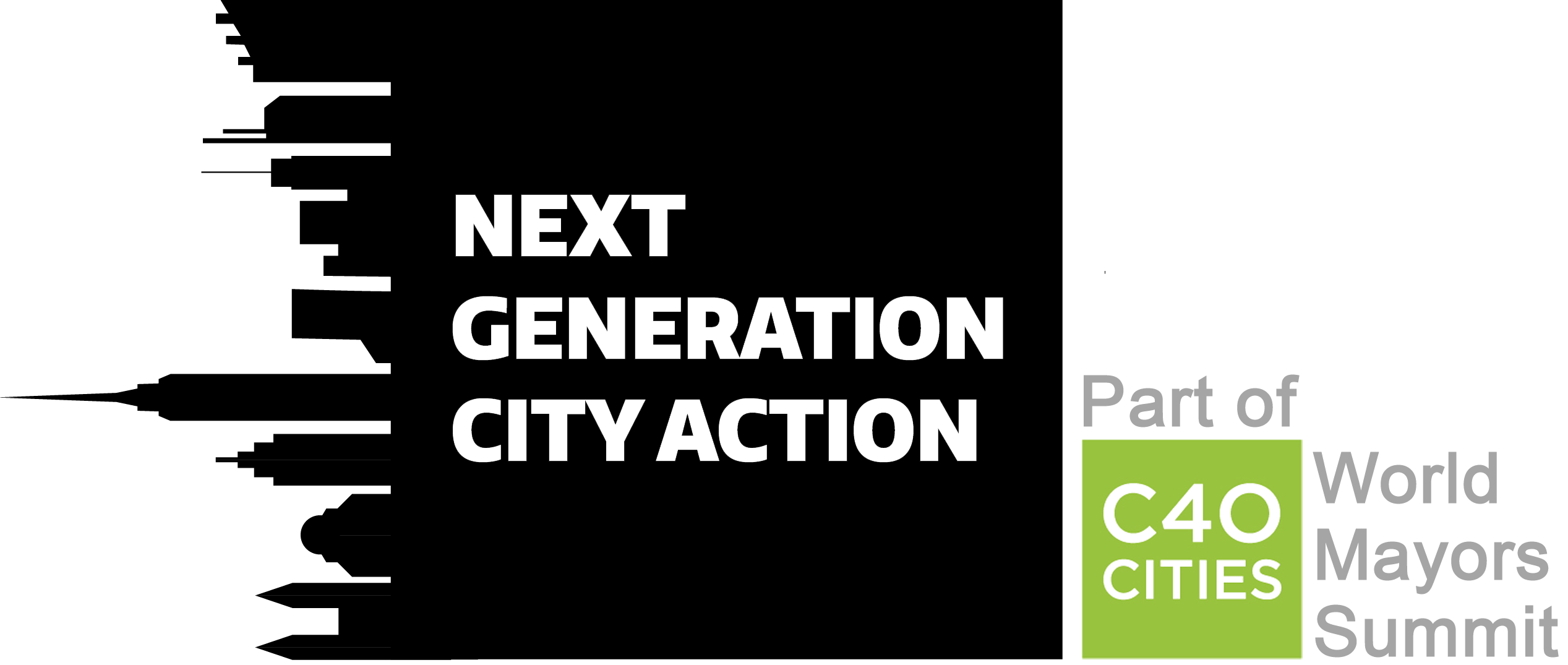
Target city
Mexico City has the largest metropolitan area of the Western Hemisphere with a total population of 21.3 million people of which about 8.8 million live in the city itself. The city is located at an average altitude of 2240 meters and it is surrounded by a large mountain range. It is one of the most productive urban areas in the world with a total GDP of about $411 billion. In regards to this project, the public transport system in Mexico City is of particular interest.
The public transport system in Mexico City consists of the following:
- Metro (12 lines)
- Trolleybus (8 lines)
- Metrobús (5 lines)
- Microbuses (micros)
- Passenger vans (colectivos)
- Suburban railway (1 line)
- Light railway (1 line)
- Other transport types (taxis, bike share, car share and scooter share)
A lot of people depend on public transport meaning that service failures due to power cuts, floods, road works or accidents lead to serious issues for commuting passengers.
The local government runs parts of the services; namely the Metro, MetroBús, TrolleyBus, Ecobici (bike sharing) and the main bus lines in the city known as RTP, running a total of 98 bus lines. As in many other large cities, the main bus and metro stations serve as transport hubs where passengers are able to seamlessly transfer from one type of transport to another. MetroBús is arranged in a so-called BRT (bus rapid transit) network in which buses have dedicated lanes on roads and have priority over cars in crossings.
City challenge
The project offset is that the government of Mexico City wants a roadmap for implementing electric buses in the city. However, such an implementation is difficult to provide, as both technical, economical and political factors are at play – we have decided to focus on the technical aspects. The main barrier in implementing electric buses is the lack of charging infrastructure in the city, while the main incentive is to reduce the city’s carbon footprint and improve its air quality.
Mexico City has large issues with traffic gridlocks. The average speed in the city is just 17 km/h. Having cars running non-stop in the city leads to very poor air quality – poor air quality is blamed for killing about 10,000 people every year. Fossil fueled vehicles (such as buses and cars) are the main producers of this air pollution in the cities. Worldwide, air pollution leads to an approximate three million premature deaths every year with particularly bad cases being some of the large, Chinese cities such as Beijing. Solving this issue is crucial if the urbanization is to continue as seen in the last 100 or so years.

Mexico City is suffering from smog due to its geographical location between large mountain ranges (meaning that there is little wind to carry pollution away from the city itself). The local government has improved air quality through introduction of “Hoy no Circula” (basically the same idea as “bilfri søndage” in Denmark in the ‘70s) – cars with certain number plates are not allowed to run in the city on certain weekdays. Further improvements may come from an increased electric bus and car fleet and potentially through artificial air cleaning towers.
The government is currently (last year) looking into making new regulations for heavy goods vehicles to further reduce air pollution in the city – according to the local government, public policies have drastically improved air quality since it was at its worst during the ‘90s.
Solution
We have decided to focus on the issue with poor air quality in the urban areas of Mexico City while in part solving one of the greatest issues of switching to electric buses; the large up-front cost. Our product idea is a particulate filter that is mounted on top of already running buses (and potentially new, electric buses as well) along with a set of solar panels for power. A sensor registers when the air around the bus is particularly bad and activates the cleaning.
This should help solve part of the city’s smog issues while not only providing public bus companies with a greener, healthier image but also lowering health care costs related to poor air quality. Already existing solutions are typically building-based in the sense that once they have been placed somewhere, they are not moved around – having instead filters on moving buses means that a larger area can be covered by the filters and thereby cleaned.
Impact
In regards to solving the city challenge of switching to electric buses, this solution provides a temporary solution in that a similar effect (in improving air quality in the city) is achieved at a much lower up-front cost. This means that the city can keep running current buses and only switch them out once they break – this spreads switching costs out over a longer timespan. If needed, the product can be provided on lease for even lower initial costs.
The air filtering solution will improve the quality of the air in the City of Mexico, especially in the busiest and most polluted streets, as our product would be placed on the buses covering the main routes. That’s gonna make the city a more livable place for the inhabitants. Economically, it will make the transition from diesel buses to electric buses be smoother, as it will reduce the urgent need of implementing electric buses buses considerately, and will allow more time for the planning of the new system.
Partnerships
The city should continue in the direction it is following currently – smog levels have been improved since the 90s when they were the worst ever. Additional partnerships may be made with the following companies:
- Purcity (making buildings into huge air filters)
- Go-Ahead (air filtering for buses, currently testing in the UK)
- Sino (making greener cities, primarily through vegetation)
- Continental Teves AG & Co. oHG (mobility solution company)
Team
Our team consists of four people as shown in the image below. Sebastian and Hans Jakob are both studying M.Sc. Computer Science and Engineering at DTU, David is studying M.Sc. Design and Innovation also at DTU, and Jose is studying B.E.S.S. Entrepreneurship and Innovation at CPH Business. The team can be reached at the following details
- Sebastian Fischer – M.Sc. Computer Science and Engineering @ DTU – [email protected] or +45 2719 4857
- Hans Jakob Damsgaard – M.Sc. Computer Science and Engineering @ DTU – [email protected] or +45 4074 2321
- David Hidalgo Ruiz – M.Sc. Design and Innovation @ DTU – [email protected] or +45 9187 2197
- Jose Añón Baquero – B.E.S.S. Entrepreneurship and Innovation @ CPH Business – [email protected] or +34 626 322 082

